Safe Work Australia has released its Research and Evaluation Strategy which outlines the goals and priorities guiding our national research agenda.
Workers, businesses, regulators and policymakers face complex, multifaceted challenges as industries and demographics shift, technologies advance, and work health and safety risks evolve.
Today’s release of the Safe Work Australia Research and Evaluation Strategy signals a reinvigorated research and evaluation focus for the Agency and our drive for coordinated, collaborative national research to improve work health and safety outcomes and workers’ compensation arrangements.
Building on the data collection and research coordination actions outlined in both the Australian Work Health and Safety (WHS) Strategy and National Return to Work Strategy, the Research and Evaluation Strategy sets out the goals, priority workstreams and focus areas guiding the Agency’s collaboration with those in the WHS and workers’ compensation research ecosystem.
We want to build stronger connections with those in the work health and safety and workers’ compensation research ecosystem – across academia, government, unions, industry and employer groups, and health and safety professionals – to enhance our evidence base, build consensus on emerging challenges, and co-design a robust research agenda to address them.
The Research Summit is an opportunity to discuss current research in WHS and workers’ compensation and identify emerging trends and evidence gaps. This is critical for informing the work we do to achieve the goals of the Research and Evaluation Strategy in driving thought leadership, building our evidence base, and ensuring this evidence base has national value.
A strong evidence base is critical to the delivery of practical policy outcomes, meeting future challenges and continuing to improve work health and safety and workers’ compensation arrangements across the country.
Read the Safe Work Australia Research and Evaluation Strategy.
